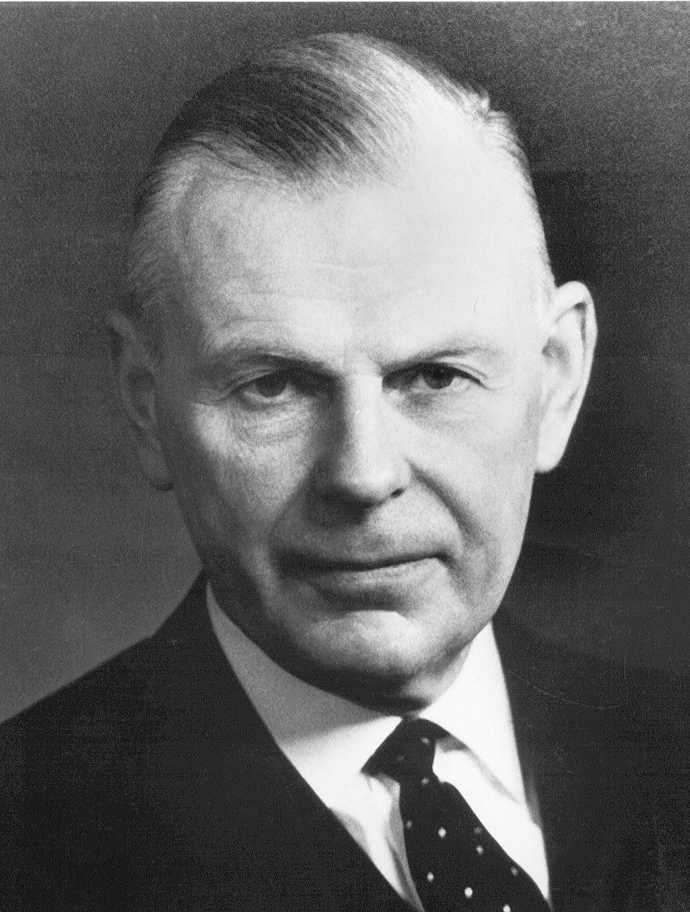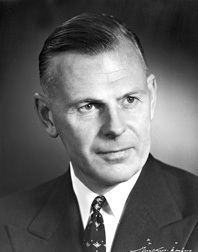Nationality Danish Parents Elis Stromgren Role Astronomer | Name Bengt Stromgren | |
 | ||
Known for Stromgren Spheres, Stromgren photometric system, stellar chemistry Books The Point-Source Model with Coefficient of Opacity K = K1ρT-3.5 Fields | ||
Bengt Georg Daniel Strömgren (21 January 1908 – 4 July 1987) was a Danish astronomer and astrophysicist.

Bengt Strömgren was born in Gothenburg. His parents were Hedvig Strömgren (née Lidforss) and Elis Strömgren, who was professor of astronomy at the University of Copenhagen and director of the University Observatory in Copenhagen. Bengt grew up in the professor's mansion surrounded with scientists, assistants, observers and guests. His father paced and promoted Bengt into a life with science, and Bengt's first paper was published already at the age of 14. He graduated from high school in 1925 and enrolled at the Copenhagen university. Only two years later, he graduated in astronomy and atomic physics, and during the following two years, he completed a doctoral degree, which was evaluated with the best marks in December 1929, when he was 21 years old.
He gained a great deal of useful experience from his studies in theoretical physics at Niels Bohr's Institute close by, and he was at the right place at the right time. He soon found out that he intended to use the fresh theoretical framework of quantum physics in space, and investigate the applications of quantum mechanics in stars. Obviously, questions of nepotism were in play when he applied for an assistantship already in 1925, which he didn't get. But only one year later it was given to him anyway — he was the best, regardless of his employer being also his own father.
After being appointed as lecturer at the university in 1932, Strömgren was invited to the University of Chicago in 1936 by Otto Struve. Going abroad for 18 months meant a lot to the young researcher, and when he went back to Denmark and to the rising national socialism in Europe, he succeeded his father's professorship in 1940. During five years of isolation, under the German occupation of Denmark, he initiated the building of a new Danish Observatory, the Brorfelde Observatory. But after the Second World War, Bengt Strömgren became tired of lacking state funding for the project, and with a stagnant national economy, he felt that he had to leave Danish research, which he did in 1951.
He went to the United States and became director of the Yerkes and McDonald Observatories, and stayed there for six years. In 1957, he was appointed the first professor of theoretical astrophysics at the Institute for Advanced Study in Princeton, where he got Albert Einstein's office. He stayed at Princeton with his family until 1967, when he went back to his homeland Denmark, and became the next to the last resident in a series of great Danish scientists of the Carlsberg Mansion and Honor, which had earlier been occupied by Niels Bohr among others. In 1987, he died after a short period of illness.
Bengt Strömgren made momentous contributions to astrophysics. He found that the chemical composition of stars was very much different than previously assumed. In the late 1930s, he found the relative abundance of hydrogen to be nearly 70%, and helium to be about 27%. Just before the war, he discovered the so-called Strömgren Spheres — huge interstellar shells of ionized hydrogen around stars. And in the 1950s and 1960s, he pioneered photoelectric photometry with a novel four-color system, now called Strömgren photometric system. Apart from the Danish observatory of Brorfelde, Strömgren was active in the early organisation of the joint European observatory of ESO in La Silla.
Honors
Awards
Named after him
Miscellaneous
